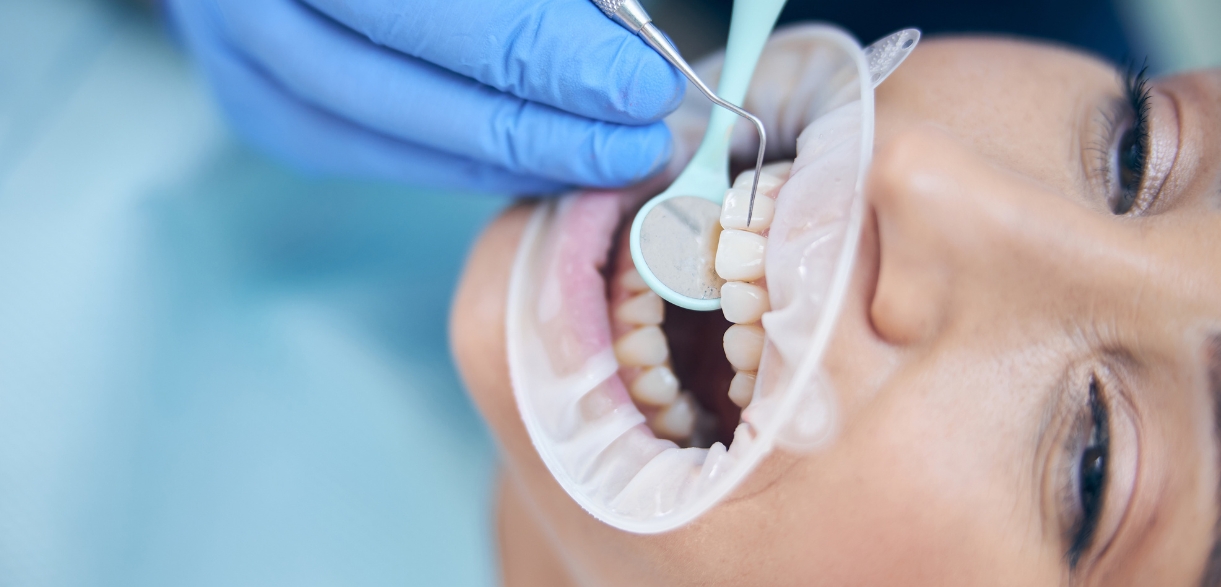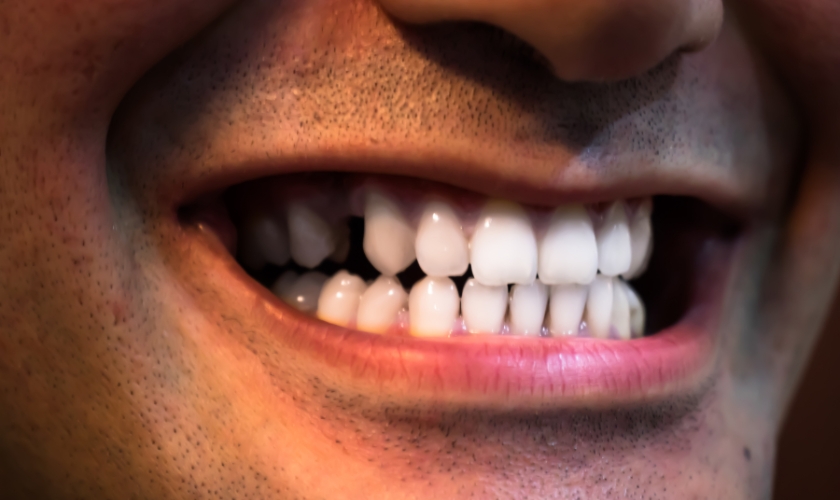Book An Appointment

Tooth fillings help restore decayed teeth, but recovery is as important as the procedure. Following the proper aftercare steps is crucial to ensure your filling lasts and your mouth stays healthy. This blog will guide you through the dos and don’ts of tooth filling aftercare, helping you maintain your oral health and recover without complications.
Follow Your Dentist’s Instructions
Your dentist will give you specific aftercare instructions; following them is the key to a smooth recovery. These instructions are tailored to your situation, considering your filling type. Whether it’s a silver amalgam or a tooth-colored composite filling, adhering to your dentist’s advice ensures efficient recovery and prevents future complications.
Avoid Hard or Sticky Foods for a While
One of the most important things you can do after getting a filling is to avoid certain foods for at least 24 hours. Hard and sticky foods can irritate the freshly filled tooth or cause damage to the filling before it has fully set. Stick to softer foods like soups, smoothies, and mashed potatoes during the first day. You may resume eating normally once the filling feels completely comfortable.
Don’t Chew on the Side with the Filling Right Away
After a filling, the tooth may feel a little sensitive. It’s advisable to avoid chewing directly on the filled tooth for a few days. Chew on the opposite side of your mouth until your tooth feels comfortable and you’ve adjusted to the new filling. This helps prevent any additional strain or discomfort on your newly treated tooth.
Brush and Floss Gently
Proper dental hygiene remains essential after getting a filling. Gently brush your teeth twice daily with fluoride toothpaste and a soft-bristled toothbrush. Avoid brushing too hard near the filling, as it can irritate the surrounding gums. Floss carefully, too—make sure to floss around the filled tooth to keep it clean, but avoid snapping it, as this could dislodge the filling or irritate the area.
Watch for Sensitivity or Discomfort
It’s normal to experience some sensitivity to hot or cold temperatures after tooth fillings. However, if the sensitivity doesn’t subside within a few days or you notice any persistent pain, you must contact your dentist. Sensitivity can sometimes be a sign of an issue, such as the filling being too high or not fitting correctly. Your dentist can make any necessary adjustments to ensure comfort and prevent further problems.
Don’t Skip Follow-Up Appointments
After the filling, your dentist may schedule a follow-up visit to ensure that the filling is settling well and your recovery is on track. Skipping these appointments could lead to unnoticed complications. These checkups are vital for maintaining your filled tooth and oral health.
Manage Pain with Over-the-Counter Medication if Necessary
If you experience pain after filling, over-the-counter pain relievers like ibuprofen can help. Follow the instructions on the packaging for the correct dosage. However, avoid taking any medication without first consulting your dentist, especially if you have any underlying health concerns or allergies.
Avoid Smoking and Alcohol
Smoking and alcohol can interfere with your body’s healing process. Try to avoid these substances for at least 24 hours after the filling. Smoking can irritate your gums and increase the risk of infection, while alcohol can reduce the effectiveness of pain medications and increase bleeding.
Stay Hydrated and Maintain a Healthy Diet
Drinking plenty of water is vital for overall health, including recovery after a filling. Staying hydrated helps your mouth heal faster and prevents dryness or discomfort. A healthy diet rich in vitamins and minerals, especially calcium, will also support the recovery of your teeth and gums.
Tooth fillings aftercare plays a significant role in ensuring the longevity and health of your dental work. Following these dos and don’ts can help ensure a smooth recovery and avoid discomfort or complications. Don’t forget to maintain regular checkups with your dentist to monitor the condition of your fillings and overall oral health.
Please contact us if you experience any unusual symptoms or have concerns after completing the form. We’re here to help!





